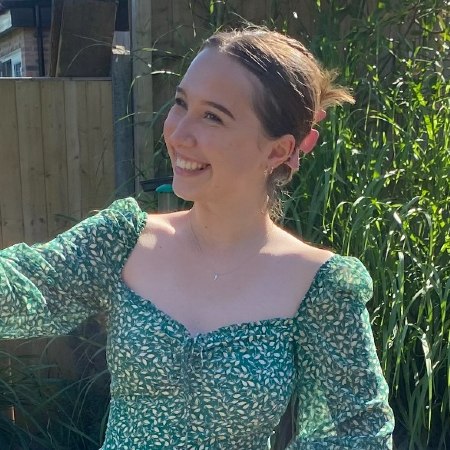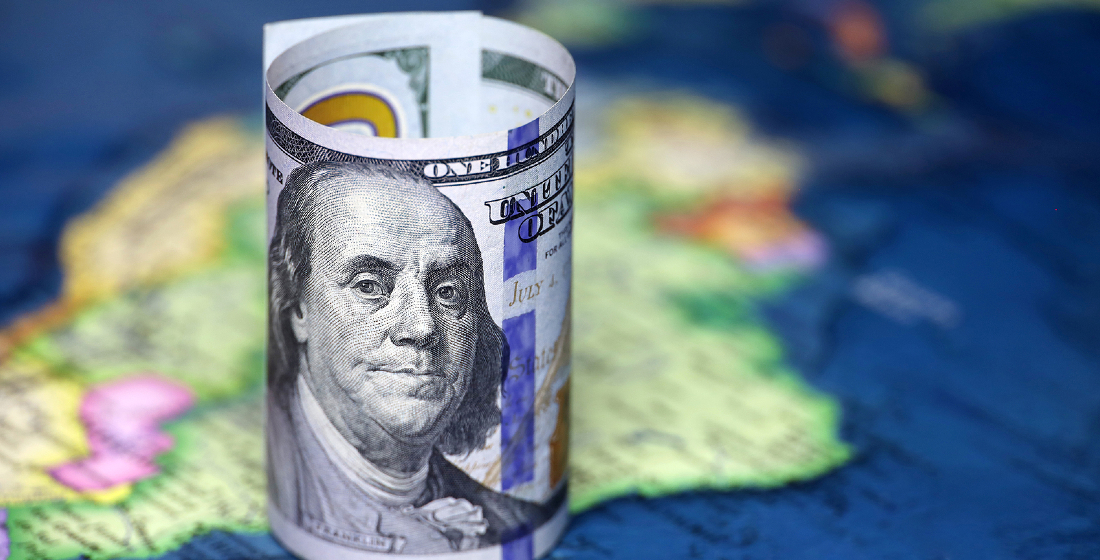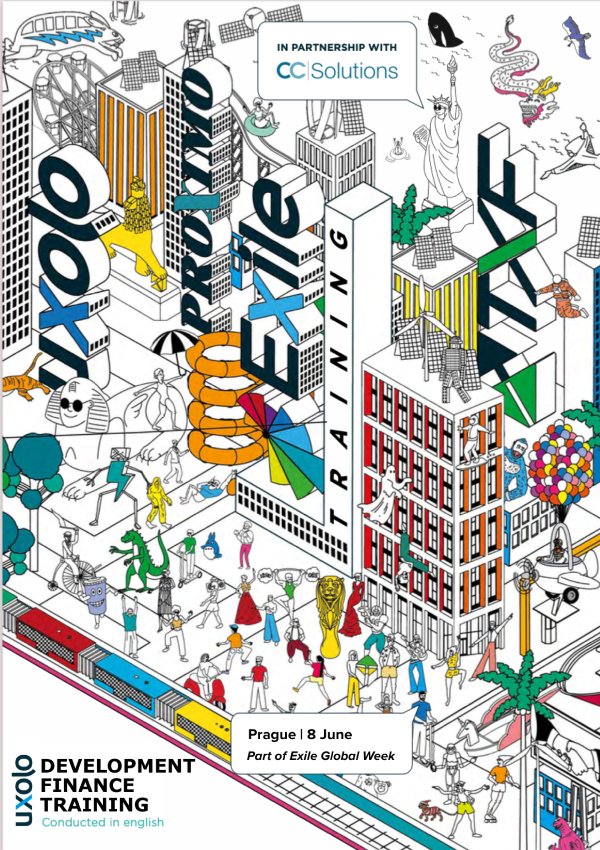Are hybrid capital bonds the funding solution MDBs have been searching for?
Hybrid capital bonds have appeal for MDBs because they potentially provide access to new financing without affecting MDB credit ratings. Uxolo explores the intricacies of hybrid issuances, delving into why TDB, BOAD and AfDB's initial offerings were postponed in 2022, and examining whether the instrument is viable for a major role in MDB funding strategies.

For decades a triple-A rating has been at the core of most MDB funding strategies. That rating enables MDBs to raise money at the cheapest rates possible in the capital markets and to pass those savings on to their borrowers. Consequently MDBs continue to defend triple-A, despite increasing pressure from their shareholders to find ways to lend more and evidence that dropping to double-A would achieve that heightened lending ability whilst adding a minuscule increase to their cost of borrowing and hence lending.
In short, whether the debate is MDB callable capital, SDRs or capital markets innovations like Room2Run – the core issue is getting MDBs lending more and optimising their balance sheets, particularly given rising interest rates in the capital markets.
From that debate, new instruments – at least new to MDBs – are beginning to emerge. And hybrid capital bonds could be one of those new MDB/DFI instruments that makes a significant impact on existing funding strategies, albeit the structure is certainly no cure-all.
Hybrids to the rescue?
Hybrids came to the fore in the late 1980s, and were soon taken up by non-financial corporations which used them as a way to access new funding. Because hybrid capital bonds are perpetual, they can be treated as equity by rating agencies: Fitch Ratings will assign a 50% equity credit to any instrument that gives the issuer the unconstrained ability to interrupt interest payments for at least five years, and 100% equity credit if the interruption of interest is noncumulative.
Recently the use of hybrids has seen a resurgence in popularity among emerging economies and infrastructure initiatives, driven by heightened regulatory demands and the need for new financing channels. The ongoing pandemic has only added to their allure, as they offer a solution for capital raising and stability in uncertain times.
Following the publication of the G20 2022 MDB Capital Adequacy Report, MDBs are now taking a closer look at hybrid capital as a means to boost their lending power to emerging markets whilst maintaining their coveted triple-A ratings. But despite attempts by three MDBs to structure such deals in 2022, none have yet reached close.
TDB's hybrid bond was meant to receive an investment grade rating from Fitch, which would have boosted its credit rating and trimmed 15-30 basis points off its senior debt spreads, potentially paying off the cost of the hybrid in a year. BOAD planned to issue a 60.75-year, non-call 5.75% hybrid bond rated Ba1 by Moody’s, with 75% equity credit. And AfDB is still aiming to issue a hybrid bond, with the resulting structure approved by the board and receiving 100% equity credit from S&P and Fitch.
All three structures emerged during a period of low interest rates and remain in limbo after market conditions soured in 2022. It is likely they will remain on the back burner until conditions stabilise.
Another factor that has potentially hindered their issuance is how expensive they are compared to senior unsecured debt. The rating for a 100% equity credit instrument would be five notches below the rating of the issuing MDB’s – for a lower-rated MDB, this could offset the price significantly, as some have speculated it did for BOAD (Baa1/ BBB) and TDB (Baa3/ BB+). Although, the benefit specifically in TDB’s case derives from its shareholder board, made up of sovereigns and institutional investors. For the MDB, issuing equity has been costing it returns of over 10% for the last decade, but the hybrid would have trimmed that cost by at least 300 basis points.
But for a triple-A rated MDB, it is difficult to see the attraction to a more expensive single-A instrument where costs would need to be passed on elsewhere. Having an MDB charge higher prices to their borrowers would raise serious questions about its business model and strategy. As Arnaud Louis, head of supranational ratings at Fitch Ratings comments, “a hybrid instrument can enhance the capital structure of an MDB, but it is not mechanical and comes with a cost”. An important factor for rating agencies to consider is the medium-term impact of hybrid issuances, taking into account the use of the increase in capital resources. “It is a matter of tradeoffs – ultimately, the MDB has to either pass the additional cost of the hybrid to the borrowers or pursue a different growth and leverage strategy”, says Enrique Bernardez, director at Fitch.
Recycling SDRs
But a cardinal note is that AfDB’s hybrid differs from TDB and BOAD’s, as the bank intends to market the instrument to shareholder governments rather than private investors. The instrument is in fact designed to be funded by Special Drawing Rights (SDR), a reserve asset that sits on a central bank balance sheet. IMF is reportedly holding discussions with AfDB on the matter, being the keeper of the proverbial SDR purse strings. AfDB is an authorised holder of SDR, with its balance sheet denominated in the currency, unlike other entities which are primarily in dollars or euros.
The new drive comes following the biggest allocation of SDRs in history – a post-pandemic boost of $650 billion was distributed out in Aug 2021 – but this was done so very unevenly. 61% was allocated to developed countries with the G7 receiving approximately $277 billion. The continent of Africa received only $34 billion. Recycling SDRs through hybrids is an obvious solution to get more financing to emerging markets, as AfDB could increase its capital adequacy and triple, or even quadruple, its lending.
But the topic is a contentious one. There is a tension between the use of SDRs as a means of financing hybrid capital and its intended purpose as a reserve asset on central bank balance sheets. IMF established the RRF (Resilience and Sustainability Trust) as a facility to control the distribution of funds, but this move has been criticised as turning it into a development bank, rather than its original purpose as a short-term crisis lender. And while IMF is the only entity permitted to use SDRs, there have been no loans made from the RRF as of yet.
Other options
Hybrids were not the only recommendation of the Capital Adequacy report. Other proposals were put forward to pool across MDBs and create an independent facility for securitisation. This facility would receive portfolio transfers from MDBs and package assets from different entities into a synthetic securitisation to be sold to private investors. Chris Humphrey, senior research associate at ODI and member of the G20 panel, notes that in this circumstance MDBs retain the legal obligation to track, follow, and monitor the loans, and that this is not a true sale of securitisation like in the global financial crisis. Misunderstandings about this by some civil society organisations have arisen, but Humphrey reiterates that this is not the case.
Pooling securities could alleviate some of the commonly-cited issues with synthetic securitisation: the demand for MDB funding, tightened bank capital adequacy regulations, and expense. But as of yet, there are not any plans for such an instrument on the market.
Another creative option is issuing green equity, which TDB is planning to do. For each dollar raised, $4 would be invested in green projects. The new green class C shares will be non-voting, unlike its 17 class B shareholders that have an impact on governance. The first tranche, C1, will be placed privately and two investors are already on board: AfDB with $15 million and Clean Technology Fund. TDB is hoping to raise between $50 and $100 million for the PO. Although, with complaints already surfacing about the cost of equity, it will be interesting to see whether the ‘greenium’ lowers the price enough.
The Uxolo perspective
The success of a hybrid capital bond is not guaranteed and is dependent on the specific conditions and circumstances of the issuing MDB. The choice between issuing a hybrid and other forms of financing, creative or plain, requires careful consideration and trade-offs between capital structure enhancement, cost, and leverage strategy.
The case of AfDB's hybrid showcases a bolder approach to the issuance of hybrid bonds and the role of SDRs in the process. Although this is a fresh take on the hybrid capital game, only time will tell if it will pay off in the end.





